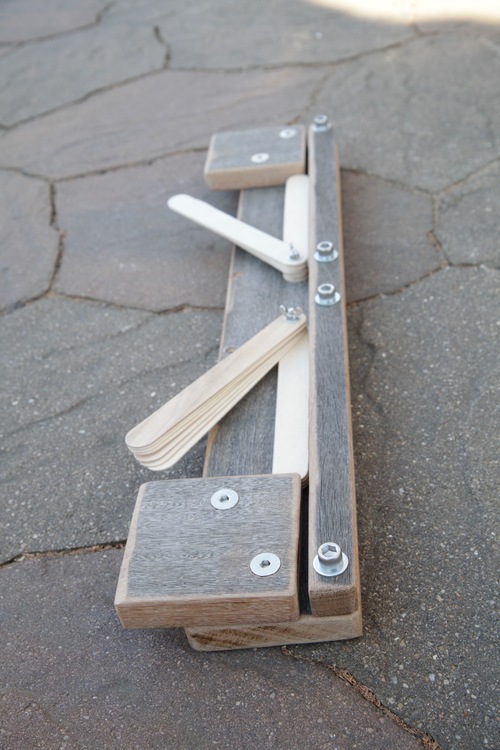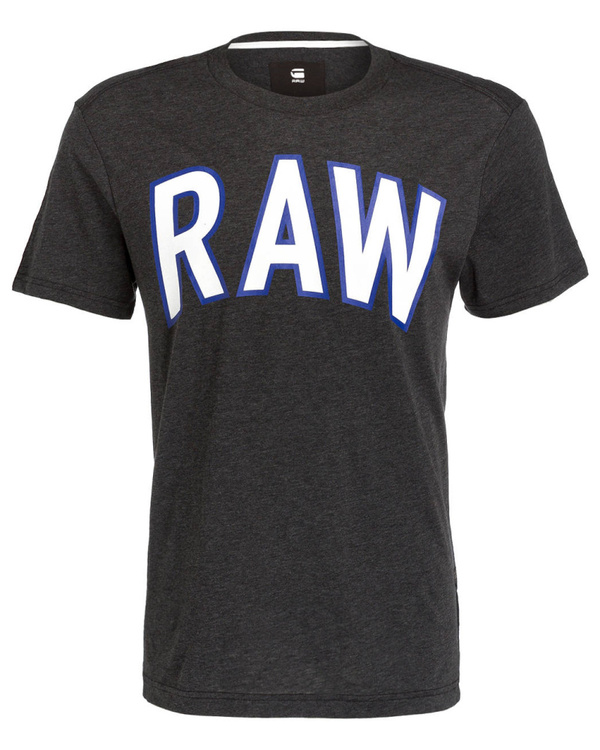Best wood type for hangboard and holds
|
|
I'm going to start off just making a rail for hanging on for finger training, but plan to expand from there. For those in know what type of wood is best for these applications? I'm thinking something with a good natural grain like maple or oak, maybe ash? I have access to some yellow cedar and a few others too. |
|
|
I've made a bunch of wooden holds and the wood type actually makes less of a difference than you would think, any roughly hold sized scrap of wood will do. That said I think in terms of ease of use and quality of the final product the best wood that I found was maple ply. I bought a large 3/4" sheet and cut and glued it into thicker blocks. The maple is really nice because its structural, but still soft enough that its easy to work. I ended up doing rough cuts on the table saw and band saw then sculpting the final product using a table sander. |
|
|
I work at a gym that makes allot of home made holds and from what i have experienced pretty much any hard wood works fine and the craftsmanship is really what counts. Beastmaker imo make some of the nicest wood holds on the market and they use beech, super nice on the skin. |
|
|
I have a couple wood rails I've been using. One is PT pine and one is a piece of red oak flooring. The oak is considerably nicer. Any hardwood with a tight grain would be nicest. I think most hangboards are poplar which I haven't tried but feeling them in the store I wasn't that impressed. Maybe they smooth out. People seem to like them. |
|
|
|
|
|
JCM wrote: Can you give us a summary? The audio won't load for me. |
|
|
I don't recall the exact woods he mentioned, but the short answer is that it depends. Some woods are stronger but more slippery, and perform well for incut crimps where you need the wood to be strong enough to not break. Other woods aren't as strong but have nicer texture and feel, and work well for a big slopey loaf pinch where strength is not as important but friction is. |
|
|
JCM wrote: I would think that for finger rails (OP's objective), it really doesn't matter much. |
|
|
Gunkiemike wrote: I would think Friction matters if they're adding weight and it's less than one pad edges. Will Anglin also discussed wood types on power company podcast a little bit ago. |
|
|
Maybe a nice brown mahogooney? |
|
|
I actually made some adjustable hangboards for Christmas presents out of reclaimed wood this year. The folks at the reclaimed wood shop didn't know for sure what the wood type was, but were guessing it was teak or mahogany - - probably old teak decking. They turned out pretty cool. I wanted something that would have incremental depths like a Transgression Board- but out of wood, and something that looked good. So I settled on one dedicated hang rail that can be removed and mounted with 4 different configurations (rounded edge, slightly rounded edge for shallower crimps, incut edge, and 10 degree sloping edge) - then added flip down shims to decrease the depth in 1 & 2/3mm increments (just the arbitrary thickness of the paint sticks I used for shims). Depth ranges from 5mm to 25mm. The wood feels great to hang from as far as I can tell. Honestly not that big a feel difference from the Beastmaker wood though obviously a quite different tree.
|
|
|
Tension makes their boards out of poplar. Beastmaker uses North American tulipwood. |
|
|
David Kerkeslager wrote: tulipwood is also known as yellow poplar. I mostly work with poplar as it is easier to machine with a router than some of the other hardwoods mentioned and it ages well for training holds. |
|
|
Rui Ferreira wrote: That explains my confusion when looking that up--I thought I remembered Beastmaker using poplar as well, but when their site said North American tulipwood I thought I had misremembered. If poplar = tulipwood, it turns out I remembered correctly after all. |
|
|
This thread comes up a lot in search results. The first time I read through this I came to the conclusion that poplar = tulipwood, but it turns out that's not the case. Tulipwood, even though called yellow poplar, is a completely different tree than poplar. It looks like tulipwood came to be called yellow poplar since the wood looks very similar to poplar. However, tulipwood is much stronger than poplar and it costs about three times as much. |
|
|
All wood is basically the same, if you want texture you can paint it. |
|
|
Hey! Do folks normally put any kind of finishing treatment on wood holds hangboards, or just leave the sanded finish raw? |
|
|
Glass Tupperware wrote: Hey! Do folks normally put any kind of finishing treatment on wood holds hangboards, or just leave the sanded finish raw? |
|
|
American tulipwood is generally sold as poplar. It's cheap as far as hardwoods go. Brazilian tulipwood is an exotic hardwood that sells for far more. |

 Continue with onX Maps
Continue with onX Maps Sign in with Facebook
Sign in with Facebook





















